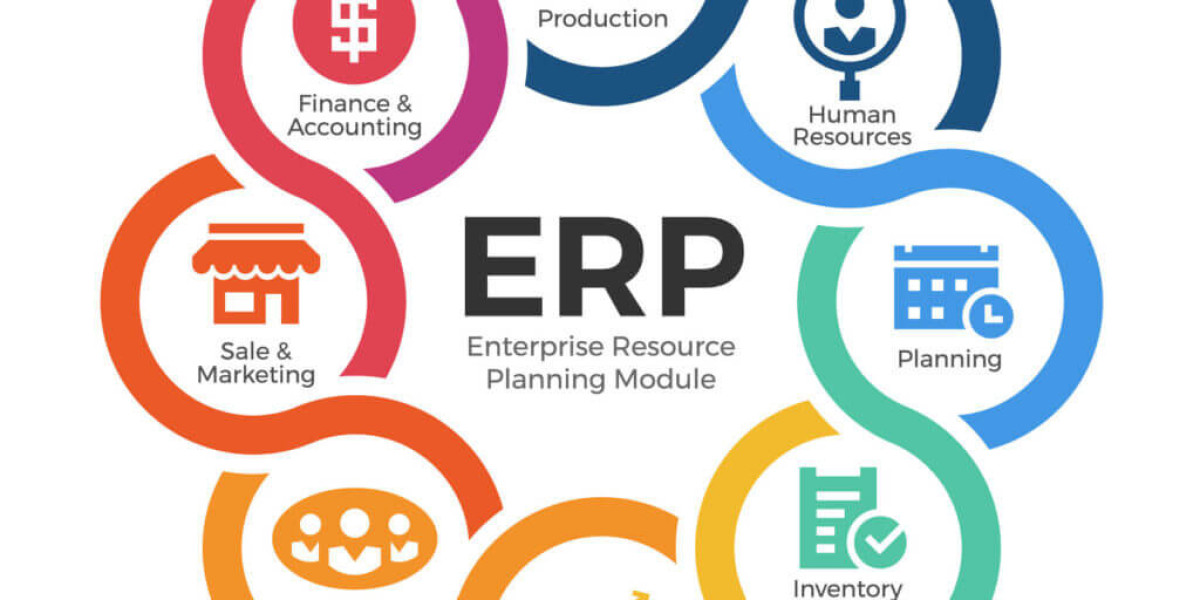The global market for Enterprise Resource Planning (ERP) software represents the very core of modern digital business operations, providing a single, integrated system to manage critical processes from finance and human resources to supply chain and manufacturing. A detailed analysis of the leading ERP Software Market Companies reveals a mature and highly consolidated landscape, dominated by a handful of technology titans, alongside a tier of specialized vendors and cloud-native disruptors who cater to specific industries and business sizes. These companies are the architects of the enterprise's digital backbone, enabling a unified view of data and facilitating real-time decision-making across complex, global organizations. The ongoing, massive migration from on-premise legacy systems to agile, cloud-based SaaS models is the primary force reshaping this industry. The ERP Software Market size is projected to grow USD 100 Billion by 2035, exhibiting a CAGR of 5.57% during the forecast period 2025-2035. This steady growth is a testament to the technology's fundamental importance, as businesses of all sizes continue to invest in modern ERP systems to enhance efficiency, improve visibility, and build the resilient, data-driven foundation needed to compete in a rapidly evolving global economy.
The top tier of the ERP market has long been dominated by a powerful duopoly: SAP and Oracle. SAP, a German multinational, is a true behemoth in the space, with its solutions deeply embedded in the world's largest manufacturing, retail, and industrial corporations. The company's strategic focus is on migrating its massive installed base of legacy ERP customers to its next-generation, in-memory platform, S/4HANA, which is available in both cloud and on-premise deployments. SAP's competitive advantage lies in its deep industry-specific functionality, its reputation for German engineering and robustness, and the high switching costs associated with its deeply integrated systems. Oracle, its long-standing rival, competes on the strength of its best-in-class financial modules and its powerful database technology. Oracle has pursued a dual-pronged cloud strategy: offering Oracle Fusion Cloud ERP to its large enterprise customers seeking to modernize, and, through its strategic acquisition of NetSuite, providing the leading cloud-native ERP solution for the mid-market and fast-growing companies. These two giants continue to command a significant portion of the large-enterprise market, competing fiercely for multi-million-dollar, multi-year transformation projects that redefine their clients' entire operational structure.
Below this top tier, a dynamic and highly competitive group of other major players is vying for market share. Microsoft has emerged as a formidable third force, leveraging its vast ecosystem to its advantage. Its Dynamics 365 offering is not a standalone ERP but a suite of interconnected business applications that are deeply integrated with Microsoft Azure, the Power Platform (for low-code customization), and Microsoft 365 (Office, Teams). This ecosystem play is a powerful differentiator, appealing to companies already invested in the Microsoft technology stack. Infor is another major player, which has successfully differentiated itself by pursuing a strategy of deep "verticalization." Instead of offering a generic ERP, Infor provides pre-configured, industry-specific "CloudSuites" for sectors like manufacturing, healthcare, and hospitality, which reduce the need for costly customization. Other significant players include Epicor, with its strong presence in the mid-sized manufacturing sector, and Workday, a cloud-native leader that has successfully challenged the incumbents in the Human Capital Management (HCM) and Financials space, demonstrating the power of a modern, user-friendly, cloud-first architecture to win enterprise customers.
Top Trending Reports -
China Holographic Communication Market








